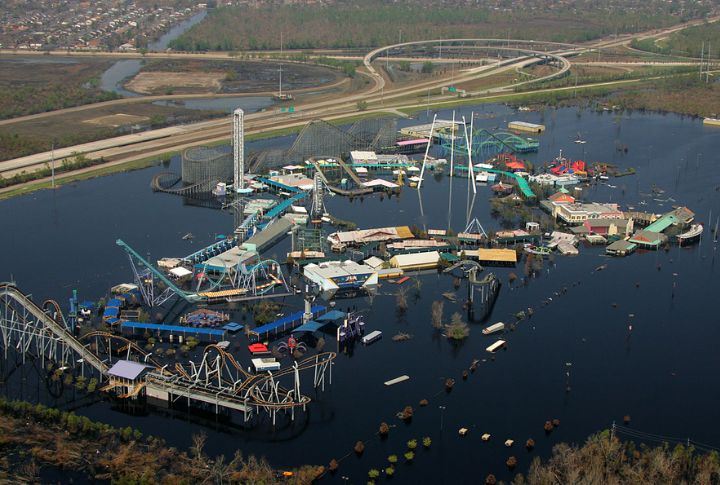
Natural disasters can strike without notice, leaving communities to cope with the aftermath. In many cases, these threats not only disrupt daily life but also reshape entire communities. This unpredictable force is a constant presence in high-risk areas, which makes it essential to understand where these dangers are most severe to effectively prepare and respond. So, here’s a look at the 10 U.S. states most at risk for natural disasters.
California
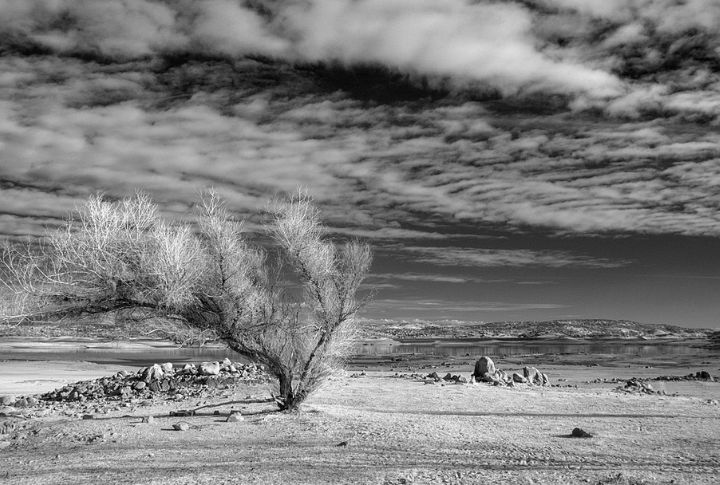
California’s unique geography creates a perfect storm of natural hazards. The San Andreas Fault influences building codes and evacuation plans. Severe droughts escalate wildfire risks, which force thousands to evacuate from their homes. The state endures relentless fire seasons that test emergency services and local communities.
Florida
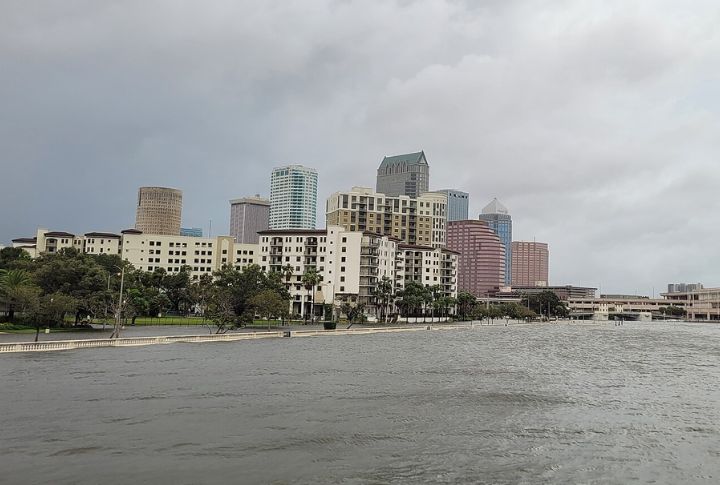
Hurricane seasons bring more than fierce winds and rain—they also disrupt coastal ecosystems and devastate tourism. In 2022, Hurricane Ian generated multiple tornadoes and added to the $113 billion in damage. Saltwater intrusion from storm surges threatens freshwater supplies, complicating recovery efforts for coastal towns and agricultural regions.
Oklahoma
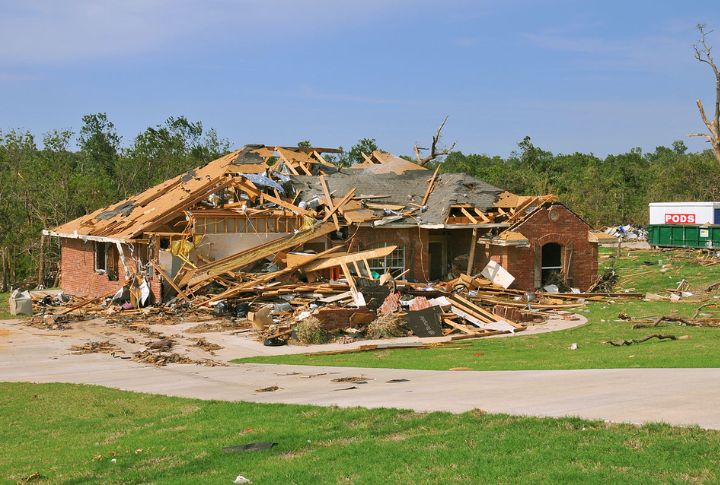
In 1999, an F5 tornado hit Oklahoma City and destroyed homes and businesses. Here, drought conditions exacerbate wildfires that ravage farmland, further taxing emergency resources and recovery efforts. With an average of 67 tornadoes each year, Oklahoma is a key area for severe weather monitoring and disaster research.
Oregon
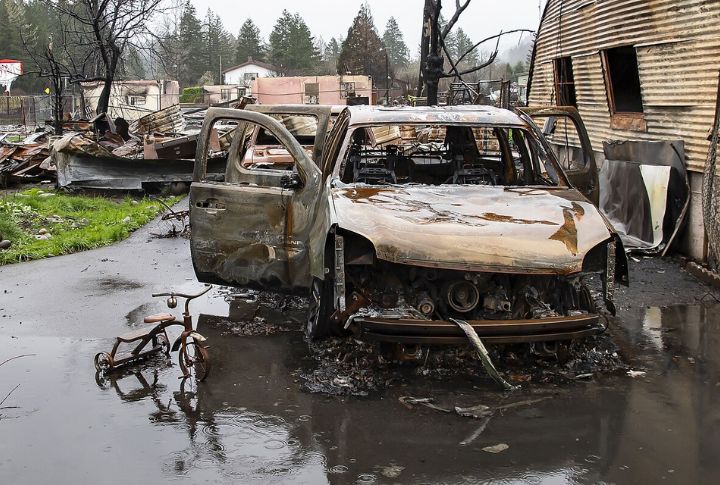
Beneath Oregon’s rugged coast, the Cascadia Subduction Zone has the potential for a devastating 9.0 quake. Now, coastal towns run tsunami drills and practice rapid evacuations. Yet uncertainty lingers as scientists warn that the fault line could rupture at any time and trigger catastrophic destruction.
Louisiana
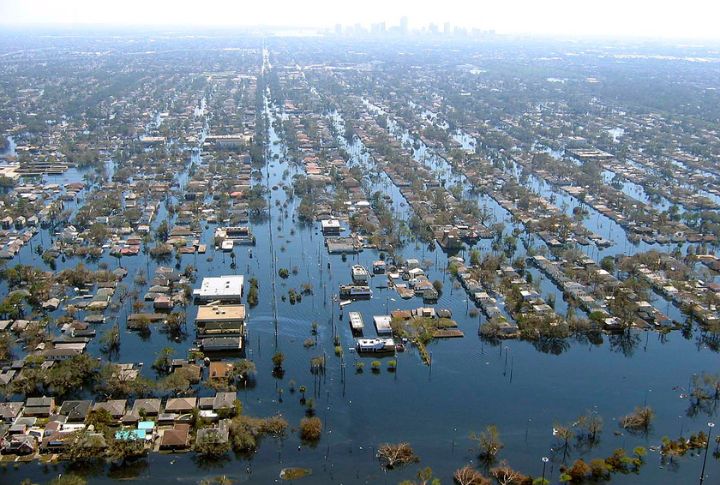
Louisiana remains one of the most vulnerable states to natural disasters. When Hurricane Katrina hit, the levees meant to protect New Orleans collapsed and flooded entire neighborhoods. The damage didn’t stop there—coastal parishes continue to erode, losing vital wetlands each year. Saltwater intrusion is ruining farmland, and after repeated storms, many of the state’s farmers are facing mounting losses and uncertain futures.
Washington
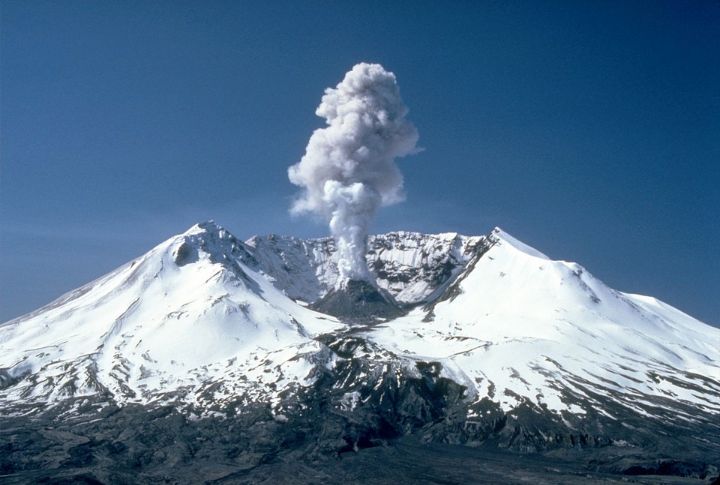
Emergency planners are already charting evacuation routes and preparing for the worst as molten lava stews beneath Mount Rainier—threatening to trigger powerful mudflows. A major eruption could wipe out entire towns, much like the devastation caused by Mount St. Helens in 1980.
New York
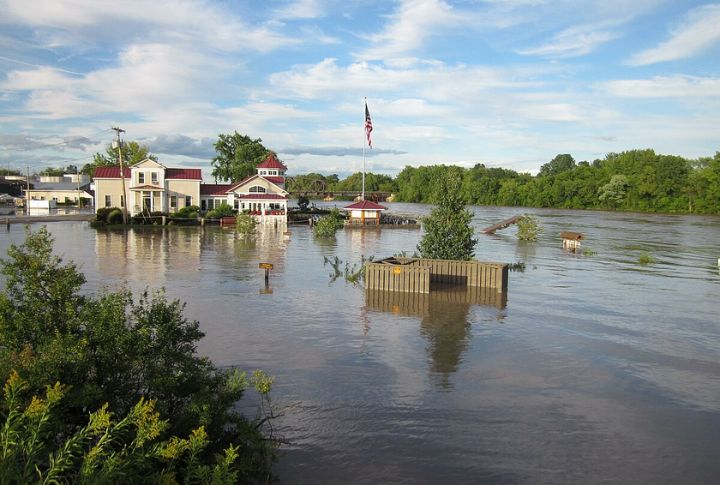
Storm surges threaten New York’s densely populated coastlines, which could turn streets into rivers with alarming regularity. A single hurricane submerged Lower Manhattan and revealed critical weaknesses in flood defenses. Now, officials push for stronger defenses and evacuation plans to prevent another catastrophic breach.
Nevada
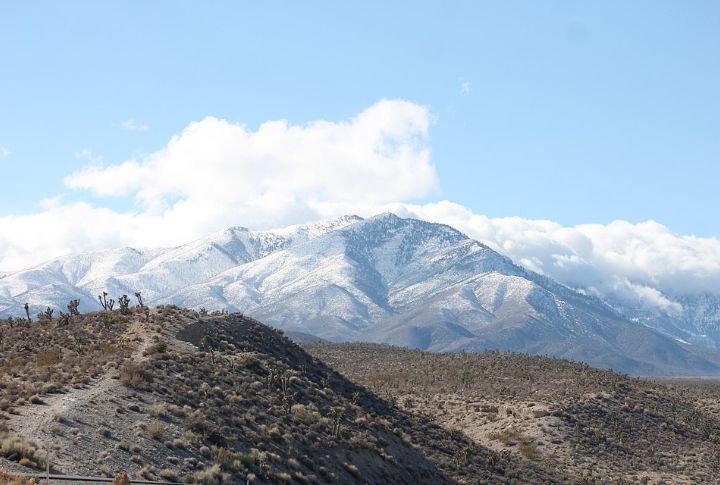
Nevada’s desert landscape hides a web of fault lines, and places like Dixie Valley have felt their full force. After years of silent pressure buildup, a massive quake tore through the region, cracking roads and destroying homes. Frequent aftershocks serve as a stark warning—the ground remains unstable, and another powerful rupture could strike without warning.
Texas

The sprawling oil industry of Texas faces significant risks from storm surges that flood refineries and pipelines. Hurricane Harvey’s urban flooding in Houston led to chemical spills and toxic runoff. At the same time, drought turns vast grasslands into dangerous wildfire zones.
Alaska

Alaska tops the list as one of the most disaster-prone states due to its extreme seismic activity and thawing permafrost. Around 20,000 earthquakes shake the state each year, a reminder of its powerful tectonic forces, like those behind the devastating 1964 Great Alaskan Earthquake and tsunami. At the same time, melting permafrost is buckling roads and damaging buildings, driving up repair costs across remote communities.
